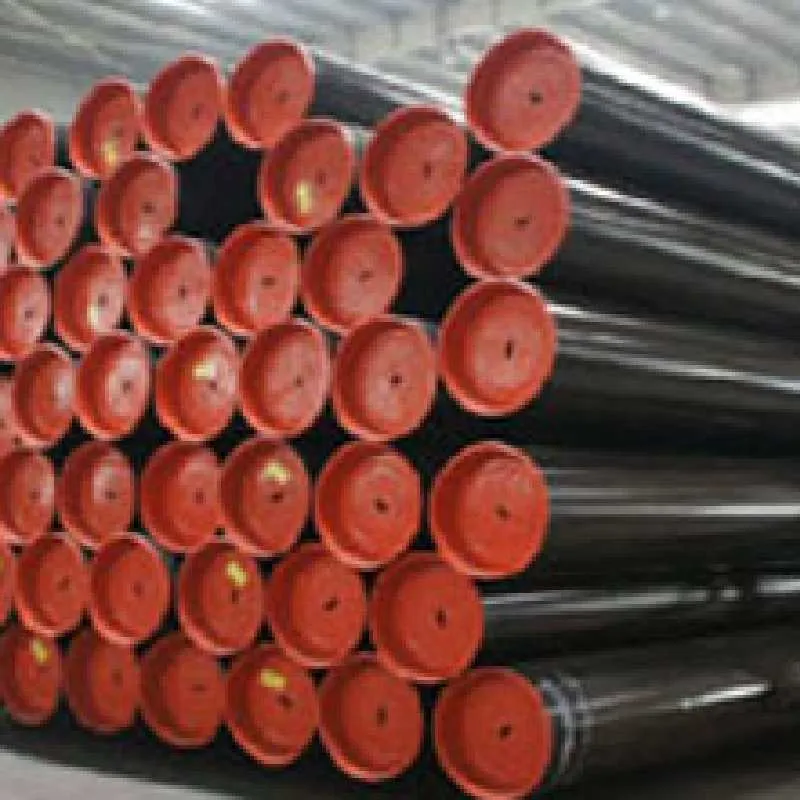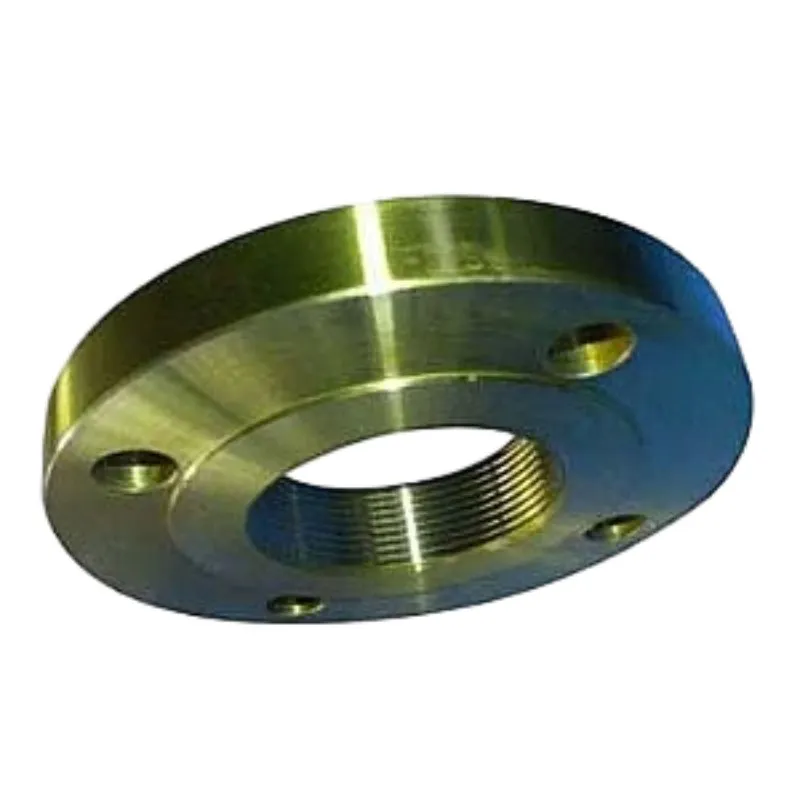-
Cangzhou Yulong Steel Co., Ltd.
-
Phone:
+86 13303177267 -
Email:
admin@ylsteelfittings.com
- English
- Arabic
- Italian
- Spanish
- Portuguese
- German
- kazakh
- Persian
- Greek
- French
- Russian
- Polish
- Thai
- Indonesian
- Vietnamese
- Zulu
- Korean
- Uzbek
- Hindi
- Serbian
- Malay
- Ukrainian
- Gujarati
- Haitian Creole
- hausa
- hawaiian
- Hebrew
- Miao
- Hungarian
- Icelandic
- igbo
- irish
- Japanese
- Javanese
- Kannada
- Khmer
- Rwandese
- Afrikaans
- Albanian
- Amharic
- Armenian
- Azerbaijani
- Basque
- Belarusian
- Bengali
- Bosnian
- Bulgarian
- Catalan
- Cebuano
- China
- China (Taiwan)
- Corsican
- Croatian
- Czech
- Danish
- Esperanto
- Estonian
- Finnish
- Frisian
- Galician
- Georgian
- Kurdish
- Kyrgyz
- Lao
- Latin
- Latvian
- Lithuanian
- Luxembourgish
- Macedonian
- Malgashi
- Malayalam
- Maltese
- Maori
- Marathi
- Mongolian
- Myanmar
- Nepali
- Norwegian
- Norwegian
- Occitan
- Pashto
- Dutch
- Punjabi
- Romanian
- Samoan
- Scottish Gaelic
- Sesotho
- Shona
- Sindhi
- Sinhala
- Slovak
- Slovenian
- Somali
- Sundanese
- Swahili
- Swedish
- Tagalog
- Tajik
- Tamil
- Tatar
- Telugu
- Turkish
- Turkmen
- Urdu
- Uighur
- Welsh
- Bantu
- Yiddish
- Yoruba

មករា . 09, 2025 11:22 Back to list
pipe types
When evaluating different types of pipes for various applications, it is essential to consider their unique qualities, advantages, and constraints to make informed decisions. Each pipe type serves distinct needs across industries, providing solutions for everything from residential plumbing to industrial systems.
PEX (cross-linked polyethylene) pipes have surged in popularity, especially in modern residential plumbing systems. Their flexibility allows installation in tight spaces with fewer fittings, decreasing the potential for leaks. PEX's ability to expand and contract makes it resistant to bursting under freezing conditions. The ease of installation and relative cost-effectiveness of PEX pipes provide a compelling alternative to traditional copper plumbing. While PEX is not suitable for outdoor use due to UV degradation, its benefits in indoor applications are well-regarded in construction and renovation projects. Cast iron pipes, known for their robustness, still serve a critical role in high-pressure and underground applications. They are often used in soil pipes, sewer lines, and storm drainage systems. The high density of cast iron dampens sound transmission from wastewater, providing quieter operation compared to other materials. While installing cast iron requires more labor due to its weight, the material’s longevity and fire-resistant properties underscore its importance in specific settings. Lastly, HDPE (high-density polyethylene) pipes are lauded for their versatility and strong anti-corrosion characteristics. These pipes are extensively used in potable water systems, wastewater management, and agricultural irrigation. HDPE’s capacity to withstand both high and low temperatures and its ability to be coiled reduces the need for connections and joints, lowering the risk of leaks and making them suitable for trenchless installation methods. Selecting the appropriate pipe type necessitates a detailed understanding of each material’s properties and its suitability to the intended application. Balancing factors such as cost, durability, environmental conditions, and installation requirements ensures optimal performance and reliability over the system's lifespan. As innovations continue to evolve within the pipe manufacturing industry, understanding existing materials and their applications remains crucial for both industry professionals and consumers seeking efficient piping solutions.


PEX (cross-linked polyethylene) pipes have surged in popularity, especially in modern residential plumbing systems. Their flexibility allows installation in tight spaces with fewer fittings, decreasing the potential for leaks. PEX's ability to expand and contract makes it resistant to bursting under freezing conditions. The ease of installation and relative cost-effectiveness of PEX pipes provide a compelling alternative to traditional copper plumbing. While PEX is not suitable for outdoor use due to UV degradation, its benefits in indoor applications are well-regarded in construction and renovation projects. Cast iron pipes, known for their robustness, still serve a critical role in high-pressure and underground applications. They are often used in soil pipes, sewer lines, and storm drainage systems. The high density of cast iron dampens sound transmission from wastewater, providing quieter operation compared to other materials. While installing cast iron requires more labor due to its weight, the material’s longevity and fire-resistant properties underscore its importance in specific settings. Lastly, HDPE (high-density polyethylene) pipes are lauded for their versatility and strong anti-corrosion characteristics. These pipes are extensively used in potable water systems, wastewater management, and agricultural irrigation. HDPE’s capacity to withstand both high and low temperatures and its ability to be coiled reduces the need for connections and joints, lowering the risk of leaks and making them suitable for trenchless installation methods. Selecting the appropriate pipe type necessitates a detailed understanding of each material’s properties and its suitability to the intended application. Balancing factors such as cost, durability, environmental conditions, and installation requirements ensures optimal performance and reliability over the system's lifespan. As innovations continue to evolve within the pipe manufacturing industry, understanding existing materials and their applications remains crucial for both industry professionals and consumers seeking efficient piping solutions.
Next:
Latest news
-
ANSI 150P SS304 SO FLANGE
NewsFeb.14,2025
-
ASTM A333GR6 STEEL PIPE
NewsJan.20,2025
-
ANSI B16.5 WELDING NECK FLANGE
NewsJan.15,2026
-
ANSI B16.5 SLIP-ON FLANGE
NewsApr.19,2024
-
SABS 1123 FLANGE
NewsJan.15,2025
-
DIN86044 PLATE FLANGE
NewsApr.19,2024
-
DIN2527 BLIND FLANGE
NewsApr.12,2024
-
JIS B2311 Butt-Welding Fittings LR/SR 45°/90° /180°Seamless/Weld
NewsApr.23,2024











